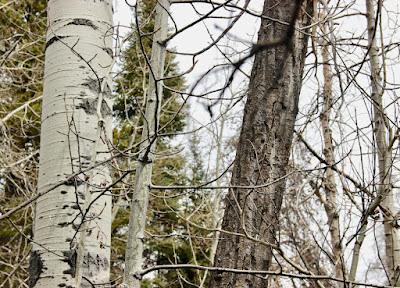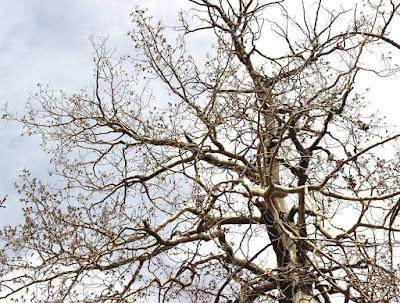 I have good news! When I visited the trees I'm following this year—a balsam poplar and a quaking aspen in the Laramie Mountains—I found persistent snow but also many signs of spring. It was so nice to see the area coming alive. Made me feel more alive myself!
I have good news! When I visited the trees I'm following this year—a balsam poplar and a quaking aspen in the Laramie Mountains—I found persistent snow but also many signs of spring. It was so nice to see the area coming alive. Made me feel more alive myself!At my height, the two trees showed no signs of change.
Populus tremuloides left, Populus balsamifera right.
High above, the aspen was in full bloom. The poplar was still dormant, which is normal for that species.Aspen canopy covered in catkins.
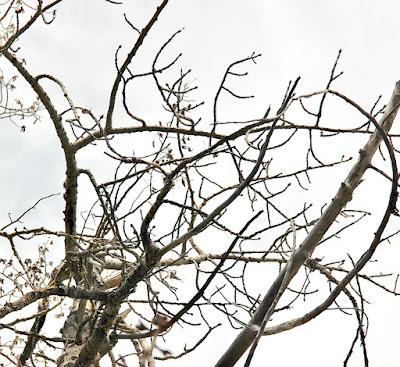
Poplar canopy with just a few dead leaves.
The aspen flowers were much too far away to examine, so I checked other trees nearby. Those with catkins within reach revealed themselves to be male (quaking aspen are dioecious).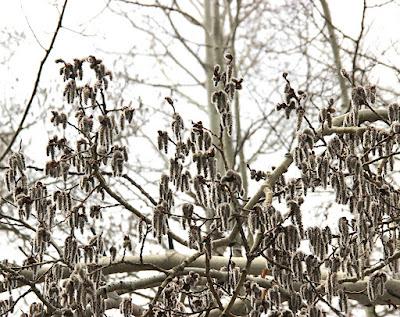
Aspen tree in full bloom.
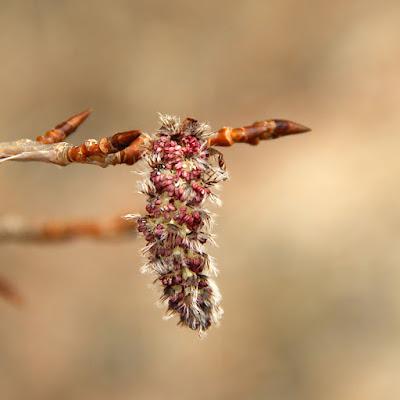
Catkin of male flowers; click to view dark pink anthers.
Aspen grow in clones, which can be huge. Can I assume the trees in this area are a single clone and therefore my tree is male? I don't know. We'll let the mystery be.Aspen with green photosynthetic bark were common, but occurred in groups. Some clusters were obviously green, others were nearly white. As I mentioned last month, there's a theory out that aspen bark is thin because dead cells are shed each year, forming a powder on the surface. I tested several trunks, and decided ... well ... maybe.
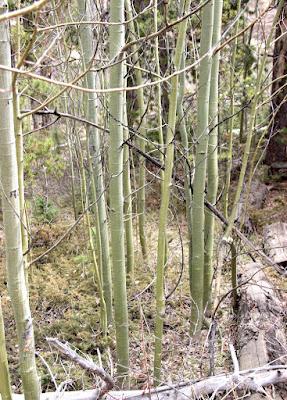
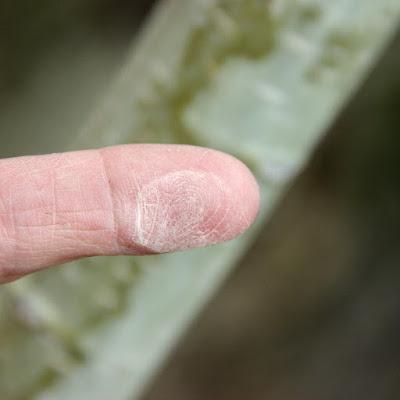
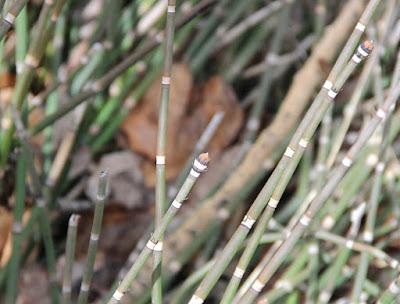
Click to view cones mid photo and upper right.
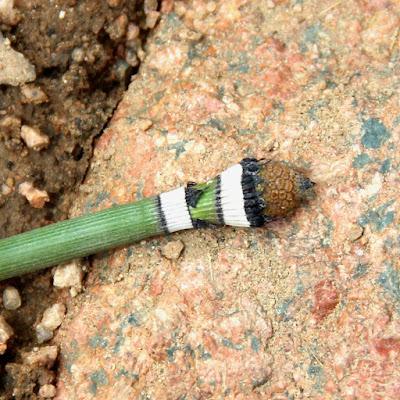
The brown scales of the cone have sporangia on their lower surface, which will mature to release spores.
There was another nice surprise close by—a patch of pink wintergreen, Pyrola asarifolia.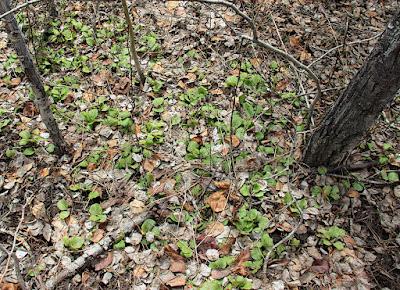
Leathery evergreen leaves.
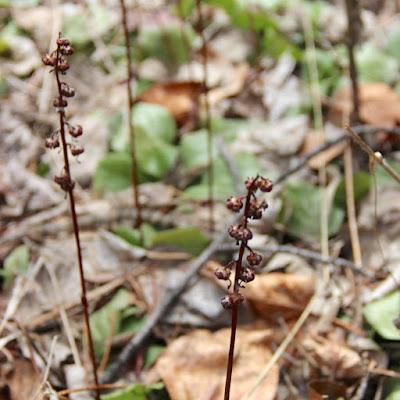
Last year's capsules with persistent curved styles.

